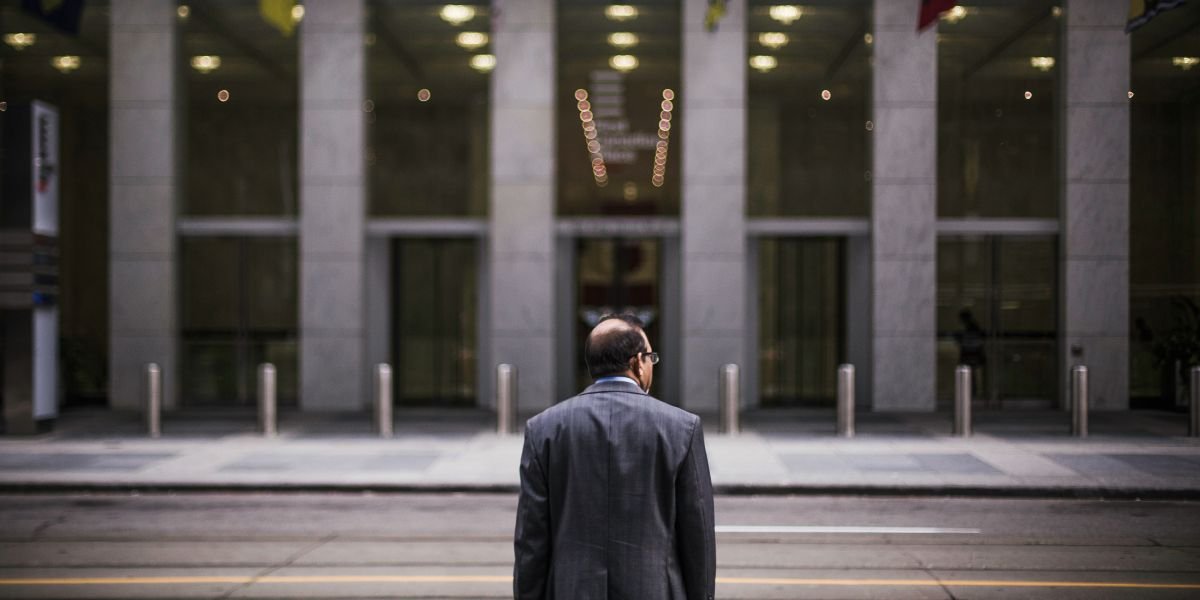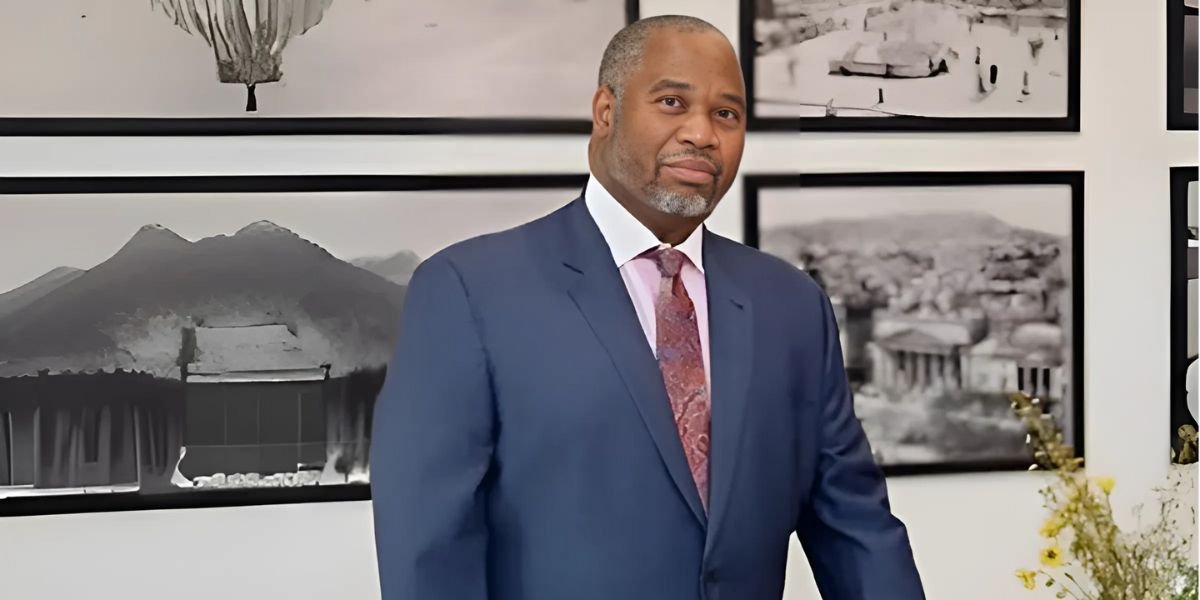The music industry is constantly evolving, with artists finding new ways to connect with their audiences and express their creativity. One of the growing trends in recent years is the production of cover albums—where artists re-record existing songs by other musicians. While cover songs have always had a place in music, full cover albums have become an exciting avenue for artists to explore their musical influences, pay tribute to past eras, and experiment with different genres. Let’s take a closer look at why this trend is becoming increasingly popular.
Creative Exploration: Reinterpreting and Reinventing Songs
At the heart of cover albums lies the opportunity for creative exploration. Artists use cover albums to breathe new life into classic songs by reinterpreting them through their own artistic lens. This reinterpretation is not simply about re-singing old hits; it’s about transforming them with a unique style, sound, or emotion that resonates with both the artist and their audience.
Many cover albums go beyond simply paying homage to the original tracks—they become platforms for genre experimentation. Artists frequently experiment by fusing different musical styles, blending pop with jazz, rock with electronic, or even classical with modern genres. This not only showcases the artist’s versatility but also introduces the songs to new audiences who may not have connected with the original versions.
For example, Johnny Cash’s American IV: The Man Comes Around features an array of cover songs, including his iconic version of Nine Inch Nails’ “Hurt.” Cash’s stripped-down, emotional delivery transformed the industrial rock song into a haunting ballad that resonated deeply with both new listeners and fans of the original.
Connecting with Fans: Nostalgia and Live Performances
Cover albums also tap into fans’ emotions, particularly through nostalgia. Songs from past decades often carry emotional significance for listeners, and when a modern artist covers a beloved classic, it creates a shared experience that bridges generational gaps. This sense of nostalgia can draw in older fans who recognize the original songs, while introducing younger listeners to music they may not have been familiar with.
In addition to engaging fans through recordings, cover albums also provide fresh material for live performances. Concertgoers often enjoy hearing familiar tunes alongside an artist’s original work. Performing popular covers live allows the audience to connect with the performance in a new way, as they often know the lyrics and have their own emotional ties to the songs. This creates an interactive and immersive experience during live shows.
For example, artists like Norah Jones have been known to incorporate cover songs into their setlists, giving audiences the dual pleasure of hearing their favorite classic tracks while experiencing Jones’ unique musical interpretation.
Paying Tribute: Homages to Musical Influences
Many artists use cover albums as a way to pay tribute to the musicians who inspired them. By covering tracks from their musical idols, artists acknowledge the influence that those songs and creators had on their own work. These homages can be deeply personal, allowing the covering artist to reflect on how certain songs have shaped their musical journey.
For instance, David Bowie’s Pin Ups was a cover album that honored the music of the 1960s that influenced his early career. In doing so, Bowie not only revisited the tracks that had left a mark on him but also reintroduced these songs to a 1970s audience, giving them a new context.
These tribute albums serve a dual purpose: they honor the legacy of original artists while also bringing their music to new generations. Often, younger listeners who may not be familiar with the original songs discover these tracks through the lens of the newer artist’s interpretation.
Reviving the Album Format: The Vinyl and Visual Experience
The resurgence of vinyl as a preferred music format has brought with it a renewed appreciation for the album as a complete artistic package. Cover albums play a key role in this revival, particularly when it comes to the visual aspects of album art. Many artists take the opportunity to reimagine the cover art of the original album or create new visuals that pay homage to the past while reflecting the new interpretation.
For instance, the collaboration between Lady Gaga and artist Jeff Koons for her ARTPOP album is an example of how album covers can be used as a canvas for artistic expression. The album’s artwork combines modern pop culture with classical art, showing how album visuals continue to play an essential role in the music industry.
With vinyl sales continuing to rise, cover albums provide an opportunity for artists to embrace the full sensory experience of music, combining the auditory with the visual. This makes the cover album not just a musical release but a collectible piece of art.
Expanding Musical Reach: Genre Crossovers and New Audiences
Cover albums also offer a way for artists to expand their musical reach and tap into new audiences. By covering songs from different genres, artists are able to cross musical boundaries and introduce their work to fans who may not have been part of their core audience. This crossover appeal helps artists diversify their musical catalog and broaden their fanbase.
For example, pop singer Miley Cyrus’ Plastic Hearts includes rock covers that have helped her appeal to rock fans, despite her pop background. By covering iconic rock songs, Cyrus was able to showcase her versatility as a performer and attract listeners from a different musical sphere.
Additionally, for artists who may be taking a break from creating original content, cover albums serve as a way to stay relevant in the public eye. Releasing a cover album between original projects allows musicians to remain active while exploring a new creative direction.
Why Cover Albums Matter
The trend of cover albums among artists is far from a fleeting phenomenon—it is a growing creative movement that allows musicians to explore new sounds, connect with audiences, and pay homage to the music that has shaped their careers. Whether by reinterpreting classics, crossing genre boundaries, or paying tribute to influential musicians, cover albums have proven to be a powerful tool for artistic expression. As this trend continues to gain traction, we can expect more artists to dive into the world of covers, blending the old with the new in innovative and exciting ways.








